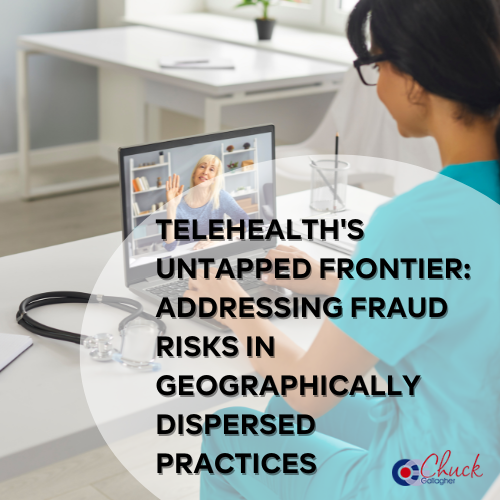 As telehealth continues to revolutionize the healthcare industry, it brings both opportunities and challenges. One of the most pressing issues is the potential for fraud in geographically dispersed practices. While telehealth provides essential services to underserved areas, it also creates vulnerabilities that fraudsters can exploit.
As telehealth continues to revolutionize the healthcare industry, it brings both opportunities and challenges. One of the most pressing issues is the potential for fraud in geographically dispersed practices. While telehealth provides essential services to underserved areas, it also creates vulnerabilities that fraudsters can exploit.
Geographically dispersed practices often face difficulties in standardizing procedures and maintaining oversight, especially when managing a remote workforce. The distance between administrative hubs and service locations can lead to gaps in communication and control, increasing the risk of fraudulent activities. For example, without direct supervision, there is a higher likelihood of billing for non-existent services or inflating the duration of patient consultations.
Furthermore, the anonymity afforded by telehealth can make it easier for fraudulent actors to manipulate records, whether by creating fictitious patients or by altering existing patient data. This is particularly concerning in multi-state operations, where varying telehealth regulations may be exploited to conceal fraudulent activities.
To counter these risks, practices must adopt a multi-layered approach to fraud prevention. This includes the integration of advanced software that tracks and analyzes billing data, identifies suspicious patterns, and flags potential fraud. Additionally, telehealth providers should establish clear protocols for patient verification, ensuring that each interaction is authenticated and documented thoroughly.
Another crucial element is regulatory compliance. Practices operating across state lines must stay informed about the differing telehealth laws in each jurisdiction and ensure that their operations comply with these regulations. Regular audits and compliance checks can help identify and correct any discrepancies that may lead to fraud.
Ultimately, while telehealth offers a powerful tool for expanding healthcare access, it is essential for practices to remain vigilant against the inherent risks. By implementing robust fraud prevention strategies, telehealth providers can protect both their patients and their bottom line from the detrimental effects of fraud.


